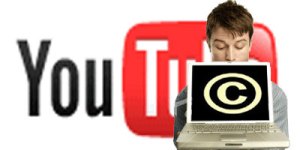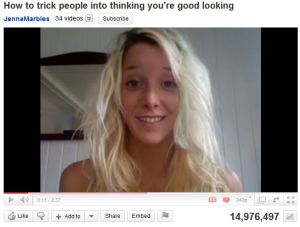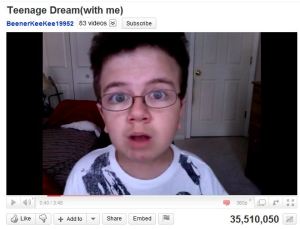
When I started learning more about YouTube Partnerships, one of the first thing I researched was how a person should go about becoming a partner. According to YouTube’s Partnership Qualifications page, there are three basic requirements a person has to meet:
You have too…
- Create original videos suitable for online streaming.
- Own or have express permission to use and monetize all audio and video content that you upload—no exceptions.
- Regularly upload videos that are viewed by thousands of YouTube users, or you publish popular or commercially successful videos in other ways (such as DVDs sold online).
On YouTube’s FAQ page, many users have asked why their applications to become a YouTube Partner have been denied. YouTube answered that an account may be found undesirable if that person uses any of the following material without explicit permission of the person who created that material:
- Music (including cover songs, lyrics, and background music)
- Graphics and pictures (including photographs and artwork)
- Movie or TV visuals
- Video game or software visuals. Click here for details.
- Live performances (including concerts, sporting events, and shows)
That got me thinking… I mean, most of the videos I watch on YouTube have some sort of background music playing. If you’ve seen either of these videos, you know what I mean.
 Both videos used copyrighted music (Katy Perry’s “Teenage Dream” and Rick Astley’s “Never Gonna Give You Up”, respectively), both videos received millions of views, and both videos are STILL up on YouTube. This got me thinking about copyright infringement and what, exactly, the rules are on YouTube.
Both videos used copyrighted music (Katy Perry’s “Teenage Dream” and Rick Astley’s “Never Gonna Give You Up”, respectively), both videos received millions of views, and both videos are STILL up on YouTube. This got me thinking about copyright infringement and what, exactly, the rules are on YouTube.
So, what is copyright infringement anyway?
According to YouTube…
“Copyright infringement occurs when a copyrighted work is reproduced, distributed, performed, publicly displayed, or made into a derivative work without the permission of the copyright owner.”
Most often, the reason videos are taken down on YouTube is because they contain unauthorized copies of copyrighted content, and the owners of the copyrighted content alert YouTube that their content is being used without their permission.
YouTube’s copyright infringement page offers some examples of potentially infringing conent:
- TV shows
- Including sitcoms, sports broadcasts, news broadcasts, comedy shows, cartoons, dramas, etc.
- Includes network and cable TV, pay-per-view and on-demand TV
- Music videos, such as the ones you might find on music video channels
- Videos of live concerts, even if you captured the video yourself
- Even if you took the video yourself, the performer controls the right to use his/her image in a video, the songwriter owns the rights to the song being performed, and sometimes the venue prohibits filming without permission, so this video is likely to infringe somebody else’s rights.
- Movies and movie trailers
- Commercials
- Slide shows that include photos or images owned by somebody else
What happens when YouTube finds copyrighted material in your video?
You will most likely first receive an email from YouTube notifying you about your copyright infringemen. From there, a few things can happen.
Your video is matched to third part content
This means that your video has material that’s matched to a third party source (like a record label or television network). In these circumstances, your video will still be available worldwide, although advertisements will be placed in your video in the form of pop-up ads at the bottom of the video screen. These ads, when clicked, generate revenue for the third party source instead of you.
Your video is rejected/banned
If your video is regarded as having “questionable content” such as nudity, violence on others, or inappropriate or derogatory language, YouTube has the right to reject or ban your video. This action may result in your account being flagged, your videos removed from the site, or your account banned all together. Unless you have successfully become a partner with YouTube, they can pretty much say what is and what is not allowed on their site. However, there is something though called “Fair Use.”
YouTube defines FAIR USE as:
“It’s possible that you may be permitted to include small excerpts from copyrighted material in your video if what you intend to use is insubstantial or is incidentally included, or where the intended use you have for the copyrighted material falls within a exception or limitation to copyright under the law in your country.”
However, this depends on the copyright laws within the country in which you live. At this time there is no defined answer as to what is and isn’t allowed in the terms of “fair use.” This is a huge grey area, because some videos (as is the case with the 2 videos above) are allowed on one channel, while other, similar videos are banned completely. Perhaps that thin line depends on the number of views your video receives. Keenan Cahill’s “Teenage Dream” parody has landed him on popular TV shows like Chelsea Lately, Web Soup, and Tosh.0.
YouTube has yet to fully define the paramaters of what they do and don’t allow in copyright infringement cases, but it’s a safe bet to refrain from using copyrighted music in the background of your videos. Instead, I’ll show you how to go about attaining royalty-free music through YouTube in my next post.

Leave a comment